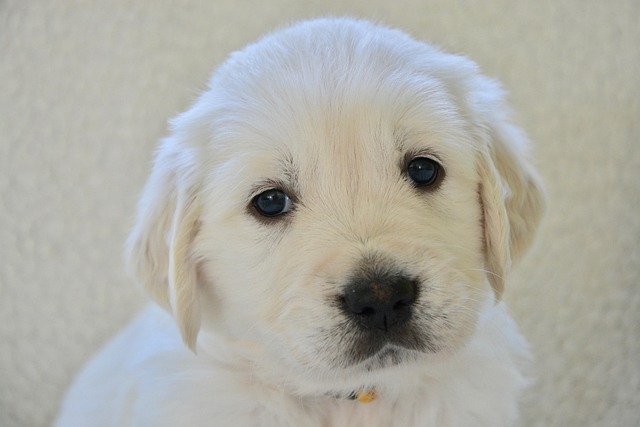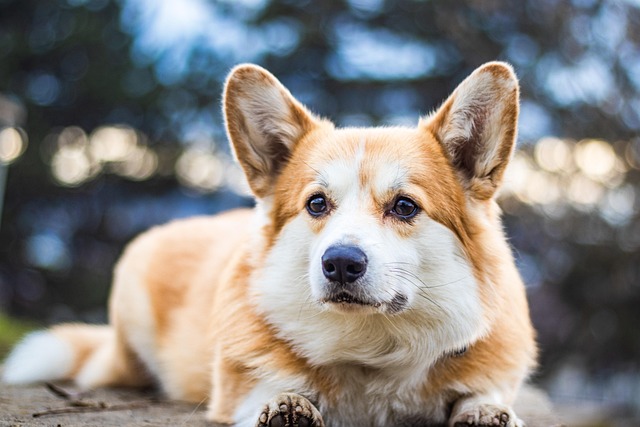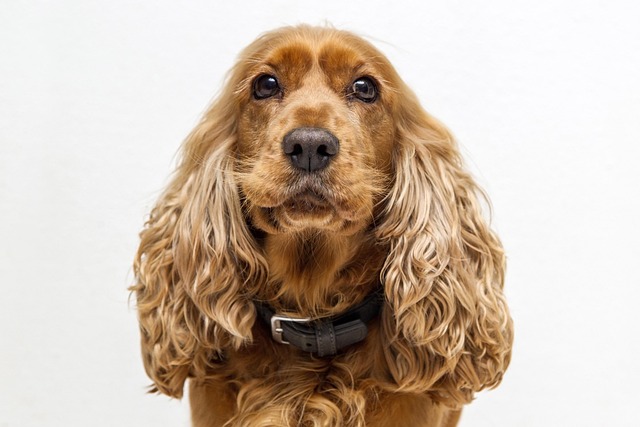That sinking feeling when your dog ignores your call is all too familiar. You've practiced "come" countless times in the backyard, treats in hand, success seeming guaranteed. Yet, the moment a squirrel darts by or a new dog appears at the park, your voice vanishes into thin air, met only by the retreating view of your pup's tail. It's frustrating, even a little embarrassing, and frankly, makes walks stressful rather than joyful. You're not alone. Many pet owners hit this wall with traditional recall training, finding that repetition and treats alone often fall short when real-world distractions kick in. The limitations of purely command-based methods become painfully clear when instinct and excitement override learned behavior.
So, why does this disconnect happen? Behavioral science offers fascinating insights. While commands create a conditional response, they don't inherently build the deep-seated *desire* to return. Think about it: your dog's brain is wired for connection and reward. Studies in canine cognition consistently show that dogs form incredibly strong social bonds with their humans. This bond, driven by oxytocin (often called the 'love hormone'), is a powerful motivator far exceeding the temporary lure of a biscuit. When recall training taps into this emotional reservoir – making *you* the ultimate source of security, fun, and good things – the behavior becomes intrinsically motivated. It shifts from "I come because I must for the treat" to "I *want* to be with you because it feels amazing." This emotional foundation creates a recall that's resilient, even amidst enticing distractions.
This leads us to some wonderfully counterintuitive approaches that focus less on the command and more on the relationship. Forget drilling "come" for a moment. Instead, let's build that magnetic pull. One powerful technique is the "Run Away Game." When your dog is distracted but not actively bolting, turn and run *away* from them in the opposite direction, using a playful, high-pitched "Pup-pup-pup!" or their name. This triggers their innate chase instinct and curiosity – suddenly, *you're* the exciting thing moving! When they catch up, celebrate wildly with praise, pets, and maybe a surprise high-value treat. Another method is "Vanishing Rewards." Hide exceptionally special treats (like tiny bits of real chicken) on your person. Occasionally, when your dog is nearby but not necessarily focused on you, casually drop one without saying a word. They learn that being near you yields unpredictable, fantastic surprises. It makes your presence inherently rewarding. Thirdly, practice "Check-Ins." During relaxed walks, whenever your dog voluntarily looks back at you or comes close, even briefly, immediately mark that moment with a soft "Yes!" and offer gentle affection or a treat. You're reinforcing their natural inclination to connect, building that invisible emotional tether.
Implementing this empathy-based shift requires consistency and patience, but the steps are clear. Start in a low-distraction environment like your living room. Have those high-value treats ready. Instead of calling "come," simply move around the room. The *instant* your dog chooses to follow or look at you, mark it ("Yes!") and reward lavishly. No command needed initially – you're rewarding the choice to engage. Gradually introduce the recall cue ("Come!" or a whistle) *only* when they are already moving towards you, pairing the word with the action they are happily performing. This builds a positive association with the cue itself. As they succeed indoors, move to a quiet backyard. Practice the "Run Away Game" here. Keep sessions short (5-10 minutes) and always end on a successful, positive note. The key is patience. If they don't respond immediately, avoid repeating the command (which just teaches them to ignore it). Instead, calmly move to get them, or use the "Run Away" tactic to re-engage. Never, ever punish a slow recall or call them for something unpleasant (like ending play or bath time). Find another way to manage those situations initially. Positive reinforcement – making coming to you the absolute best thing ever – is non-negotiable.
Progress won't be a straight line; expect plateaus and occasional setbacks, especially in highly stimulating environments. Focus on the quality of the connection, not just the speed of the response. Did your dog glance at you amidst distraction? That's a win! Did they eventually choose to disengage from a sniffing spot to amble your way? Celebrate that choice! Keep a simple log: note successes, the level of distraction, and what reward worked best. Was it chicken? A game of tug? Belly rubs? This helps tailor your approach. If progress stalls, reassess the distractions – maybe you moved too fast. Go back a step. Is your reward truly motivating enough *in that environment*? Sometimes, a sudden lack of interest signals the need for an even higher-value reinforcer outdoors. Crucially, observe your dog's emotional state. If they seem stressed or overwhelmed, training won't be effective. End the session and try again later in a calmer setting. This method thrives on mutual trust and positive feelings. Adjust your techniques based on your unique dog's personality, motivations, and confidence level.
Fixing a broken recall is less about fixing the dog and more about deepening the conversation between you. It requires shifting focus from obedience commands to building an unshakeable emotional connection where being with you is your dog's greatest reward. By understanding the science of bonding, embracing counterintuitive methods that prioritize joy over repetition, and implementing them with unwavering patience and positivity, you cultivate a recall born not of obligation, but of genuine desire. That moment when your dog chooses you over the world’s greatest distraction? That’s the power of empathy-based training, and it transforms not just walks, but your entire relationship.





